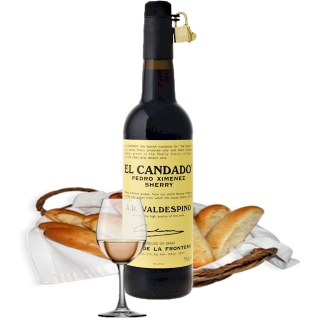
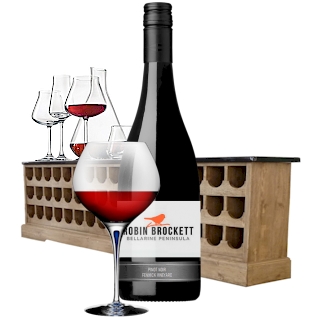
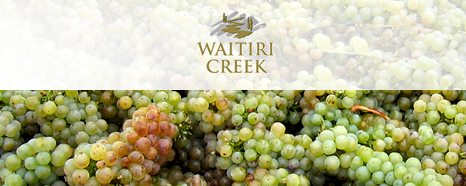
Paula Ramage grew up in Alexandra and the Ward family farmed for many years on Malaghan’s Road, near Arrowtown. Central Otago is the homeland, the opportunity to develop a family vineyard there was too good to ignore. With equal amounts of enthusiasm and naivety, the Shanagolden Block was purchased in Gibbston and planted to Chardonnay in 1994. The historical site was originally settled in 1867 by James Leslie, a Scot who had emigrated to New Zealand at the age of 17. He and his partner, Thomas Kinross followed the Dunstan gold rush. Kinross established the Gibbston store and Post Office and James Leslie was the butcher and baker but also continued to prospect for gold. The free-draining, northerly aspect of this Block was particularly suited to viticulture.
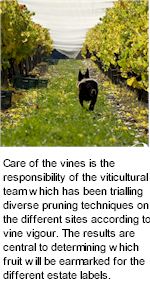
Shanagolden was originally named for the village in County Limerick, Ireland which Johanna Enright left to join her three brothers in New Zealand. The Enrights farmed beside James Leslie and in 1879, James and Johanna married. They raised nine children, the eldest of whom, James (Drummer) has been celebrated in the estate's Pinot Noir label.
A direct access to Waitiri Creek off the highway meant that plans for a cellar door had now found a home. Preparatory work included contouring the upper slope to eliminate any dips where frost could linger, removing the large rocks which were dotted around the block and piping the stock race that crossed the land. At that time, it was the only vineyard on that side of the road in Gibbston. In 1996, the Old Matagouri Block, 1.5km west of our original vines, was planted with Pinot Noir and a small parcel of Gewürztraminer.
Both blocks have their own microclimates and are among the earliest ripening in Gibbston. The soil profile is made up of 400 – 500mm of wind- blown glacial deposits on 4 – 5 metres of free draining alluvial schist. The vineyards are between 300 – 350 metres above sea level. With the growing degree days that Gibbston receives each year and the climatic challenges, the philosophy has always been to focus on delivering the best quality fruit, no matter what the weather.
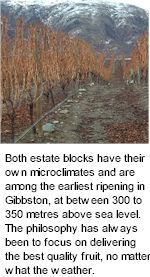
The first Waitiri Creek vintage was a 1998 Chardonnay. There were numerous evenings over countless glasses of wine discussing branding, colours, labels and bottle shape before finalising the image which has served well since then. Full production commenced in 1999 with all three varieties. One of the keys to increased demand was consistency of quality. Waitiri Creek has been recognised at domestic and international competitions every year since 1999, across the entire portfolio.
Care of the vines is the responsibility of the viticultural team which has been trialling diverse pruning techniques on the different sites according to vine vigour. The results are central to determining which fruit will be earmarked for the different estate labels. The land has several stunning poplars dating back to at least early last century, as well as old-fashioned daffodils which delight with their arrival every spring. Importantly, a cellar door had to be built which was in harmony with the historic nature of the site and the splendour of the local scenery. It was decided in 1996 that an old church would be the perfect building. So began a search which led all over the lower part of the South Island, culminating in a visit to Wangaloa, near Kaitangata in 1998. On first sight, the former Wangaloa Presbyterian Church would have sent less hardy souls running in the opposite direction. Negotiations with the local community ensued and eventually ownership of the church was secured.
In April 2000, the church was moved in one piece to the Shanagolden Block. Renovations commenced immediately to give it a new roof but the major work was carried out towards the end of 2001. There really is nothing like scraping off shellac by hand to bring one back to earth! The addition of this unique cellar door has created an ambience which has far exceeded expectations. It is a beautiful building to work in and the views back up through the vines to the snow-capped mountains are stunning.
